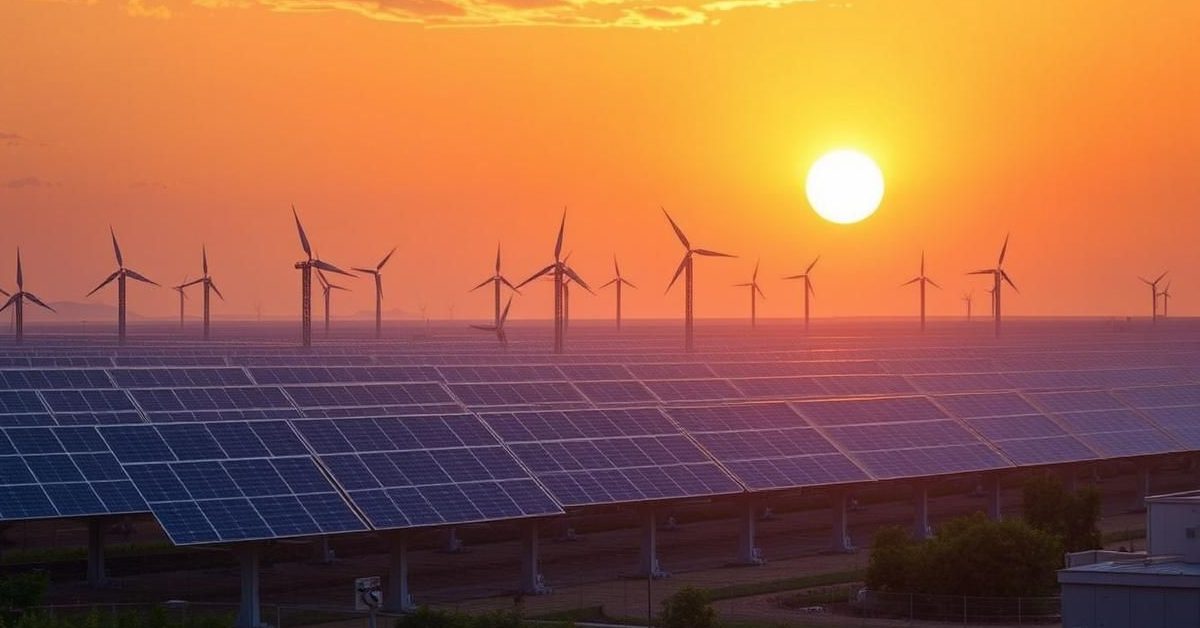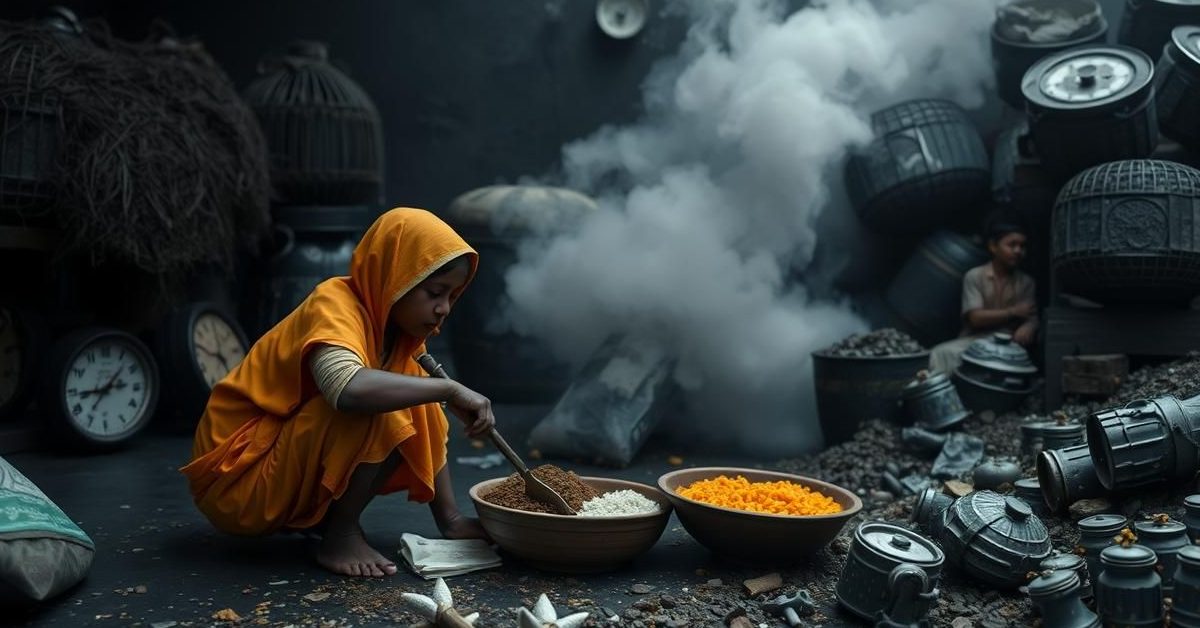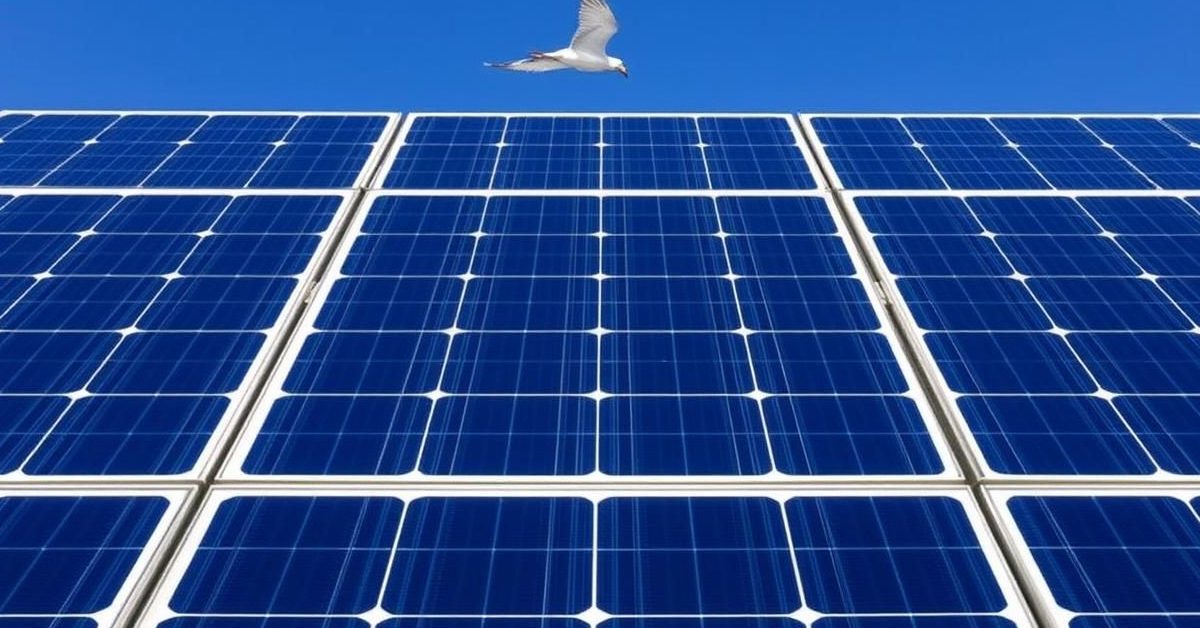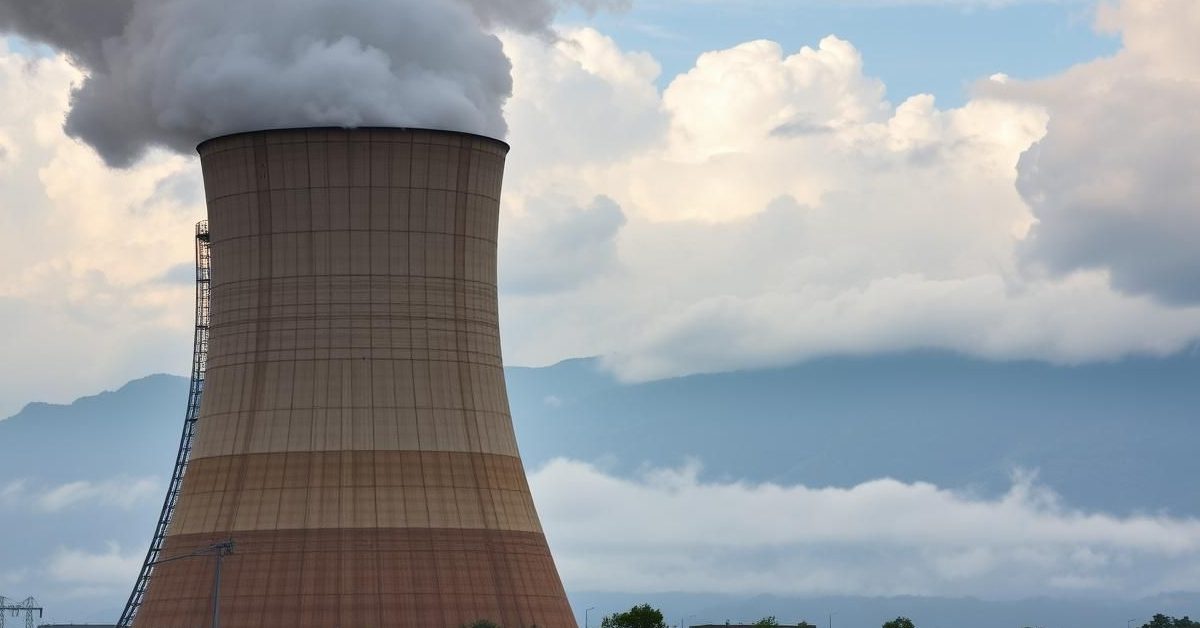India’s Energy Transformation: A Decade of Dynamic Change and Lingering Challenges
India’s journey towards sustainable growth is inextricably linked to its evolving energy landscape. Over the past decade, the nation has witnessed a profound transformation in how it powers its burgeoning economy, driven by an ambitious vision to become a global leader in both economic might and environmental stewardship. The aspiration to reach the world’s fourth-largest economy by 2025 hinges critically on maintaining robust growth while drastically curtailing carbon emissions.
Shifting Gears: India’s Energy Evolution (2013-2023)
Between 2013 and 2023, India’s energy sector underwent significant shifts. The country’s energy consumption surged by over 40%, climbing from 379 exajoules (EJ) to 531 EJ, reflecting its rapid economic expansion. Concurrently, energy-related carbon dioxide emissions also saw a concerning rise, particularly in 2024, when they increased by 5.3% – a rate three times the global average, as noted by the *International Energy Agency (IEA) Global Energy Review, 2025*. Alarmingly, the electricity sector alone contributes half of India’s total energy-related emissions.
Despite this surge in demand, India has made remarkable strides in integrating cleaner energy sources. By 2030, the nation aims for non-fossil energy to constitute 50% of its installed power capacity. Demonstrating its commitment, India now ranks fourth globally in wind power capacity and fifth in solar power capacity. Renewable energy sources accounted for over 20% of the energy mix in 2022-23, a notable increase from 17% in 2013-14.
Unpacking the Improvements: Drivers of Change
The discernible improvement in India’s energy productivity – a substantial 28% increase between 2013 and 2023 – can be attributed to a confluence of factors. Primarily, this progress stems from increased economic activity, a structural shift within the economy, and significant strides in energy efficiency across various sectors.
Government initiatives, such as the *Perform, Achieve, and Trade (PAT)* scheme, have played a pivotal role in boosting efficiency within energy-intensive industries like steel, cement, and chemicals. These targeted programs have spurred companies to adopt more efficient processes and technologies, directly contributing to a more productive use of energy.
The Green Energy Paradox: Why Productivity Growth May Be Slowing
Despite the impressive expansion of green energy capacity, a nuanced challenge has emerged: a potential slowdown in green energy productivity growth. According to data from the *Ministry of Statistics and Programme Implementation (MOSPI)* National Accounts Statistics and MOSPI Energy Balance, while green electricity from wind, solar, biomass, and cogeneration bagasse (excluding hydro and nuclear) soared by 267% between 2013 and 2023, its overall contribution to higher energy productivity hasn’t been uniform.
This paradox highlights several underlying issues. Firstly, while renewable capacity is expanding rapidly, challenges in grid integration, intermittency of sources, and insufficient energy storage solutions can hinder optimal utilization. Secondly, the disparate development across sectors means that efficiency gains in heavy industries, though significant, are often offset by declines in less efficient sectors like transportation and agriculture. This uneven progress prevents the full translation of green energy expansion into a more robust overall energy productivity.
Charting the Path Forward for Sustainable Energy
India’s quest for sustainable economic growth demands not only a transition to cleaner energy sources but also their efficient deployment. The current landscape, marked by inconsistent efficiency gains, underscores a critical need for policy recalibration. It’s no longer sufficient to merely expand green energy capacity; the focus must shift towards enhancing the *productivity* of these green assets.
This necessitates strategic interventions like improving grid integration technologies, accelerating technological upgrades in existing infrastructure, and implementing targeted incentives that foster efficiency rather than just raw capacity. Adopting energy productivity as a core policy indicator, moving beyond mere capacity expansion or total consumption, will provide a more precise lens for aligning India’s energy strategy with its overarching economic and environmental objectives. This holistic approach is crucial for India to solidify its position as a global leader in sustainable development and achieve the vision of *Viksit Bharat*.
Unleashing Potential: Addressing Challenges for Women-Led MSMEs in India
India stands on the precipice of a transformative era, propelled by its demographic dividend and the immense, yet often untapped, potential of its women. The growth of women-led Micro, Small, and Medium Enterprises (WMSMEs) is far more than a matter of gender empowerment; it is a fundamental economic imperative with profound ripple effects on families, communities, and the broader national economy.
The Untapped Economic Powerhouse
Studies consistently demonstrate the multiplier effect of women’s economic participation: women tend to reinvest up to 90% of their income back into their families, compared to 30-40% for men. This translates directly into improved nutrition, enhanced education, and better health outcomes for children, thereby fostering a more robust society and a resilient economy. Furthermore, WMSMEs are more inclined to employ other women, actively contributing to bridging gender imbalances in the labor market. They often drive innovation in underserved sectors like bio-economy, eco-tourism, arts and crafts, and food processing, frequently operating in rural and neglected areas, thereby addressing critical local needs and narrowing the urban-rural divide.
Challenges on the Entrepreneurial Journey
Despite the undeniable benefits, women-led businesses in India’s dynamic MSME sector face formidable obstacles. The *Economic Survey 2024-25* highlights a stark reality: women own merely 22% of India’s MSMEs. A significant proportion of these are micro-enterprises, often single-person operations concentrated in informal, traditional, and low-margin industries such as tailoring, food processing, and handicrafts.
The most pervasive challenge remains access to formal finance. Less than 10% of female entrepreneurs utilize formal loan facilities, compelling the vast majority to rely on personal savings or informal channels to sustain their ventures. This financial exclusion persists despite compelling evidence showcasing WMSMEs’ high repayment rates, low default rates, and substantial job creation potential. Traditional lending requirements, such as collateral, official business records, and established credit scores, often serve as insurmountable barriers for women entrepreneurs, particularly those operating in rural settings where collective action through *Self-Help Groups (SHGs)* is already a norm.
Beyond finance, women entrepreneurs often grapple with limited market linkages, a scarcity of tailored business acumen training, prevailing societal biases that undervalue their entrepreneurial spirit, and the perpetual challenge of balancing business demands with domestic responsibilities.
Beyond Piecemeal: Crafting Comprehensive Support Policies
Existing entrepreneurship programs in India, such as *Rural Self-Employment Training Institutes (RSETI)*, *Start-up Village Entrepreneurship Programme (SVEP)*, *Prime Minister Vishwakarma Yojana (PM Vishwakarma)*, and *Prime Minister’s Employment Generation Programme (PMEGP)*, while valuable, often fall short. They are frequently “gender-blind” and operate in silos, focusing on singular inputs like training or one-time capital investment rather than fostering a complete entrepreneurial ecosystem.
To truly unleash the potential of women-led MSMEs, policies must shift from piecemeal assistance to integrated, comprehensive support mechanisms. Over the last decade, several pioneering models have emerged, demonstrating the power of holistic ecosystems:
* **Community-Led Initiatives:** The quiet revolution driven by *Self-Help Groups (SHGs)* and community enterprise models in rural India proves the efficacy of collective action and peer support.
* **Digital Empowerment:** Platforms like the *Open Network for Digital Commerce (ONDC)* are democratizing market access, enabling women entrepreneurs to connect with customers far beyond conventional retail infrastructure.
* **Innovations in Finance & Support:** Organizations like *Mann Deshi* and *Rang De* have pioneered women-friendly banking models. They offer not just credit but also integrated training, coaching, and crucial market linkages, creating a truly supportive environment.
* **Strategic Partnerships:** Corporate Social Responsibility (CSR) initiatives can play a pivotal role in de-risking early-stage investments and building robust support systems, recognizing the significant social and economic benefits inherent in women-led businesses.
A Future Forged by Female Enterprise
The path to *Viksit Bharat* – a developed India – must unequivocally embrace the full potential of women-led MSMEs. It requires a policy paradigm shift that integrates financial access, market linkages, targeted skill development, digital literacy, and robust mentorship within a gender-sensitive framework. By fostering an ecosystem that comprehensively nurtures and elevates women entrepreneurs, India can unlock a powerful engine for inclusive growth, innovation, and lasting socio-economic transformation.














